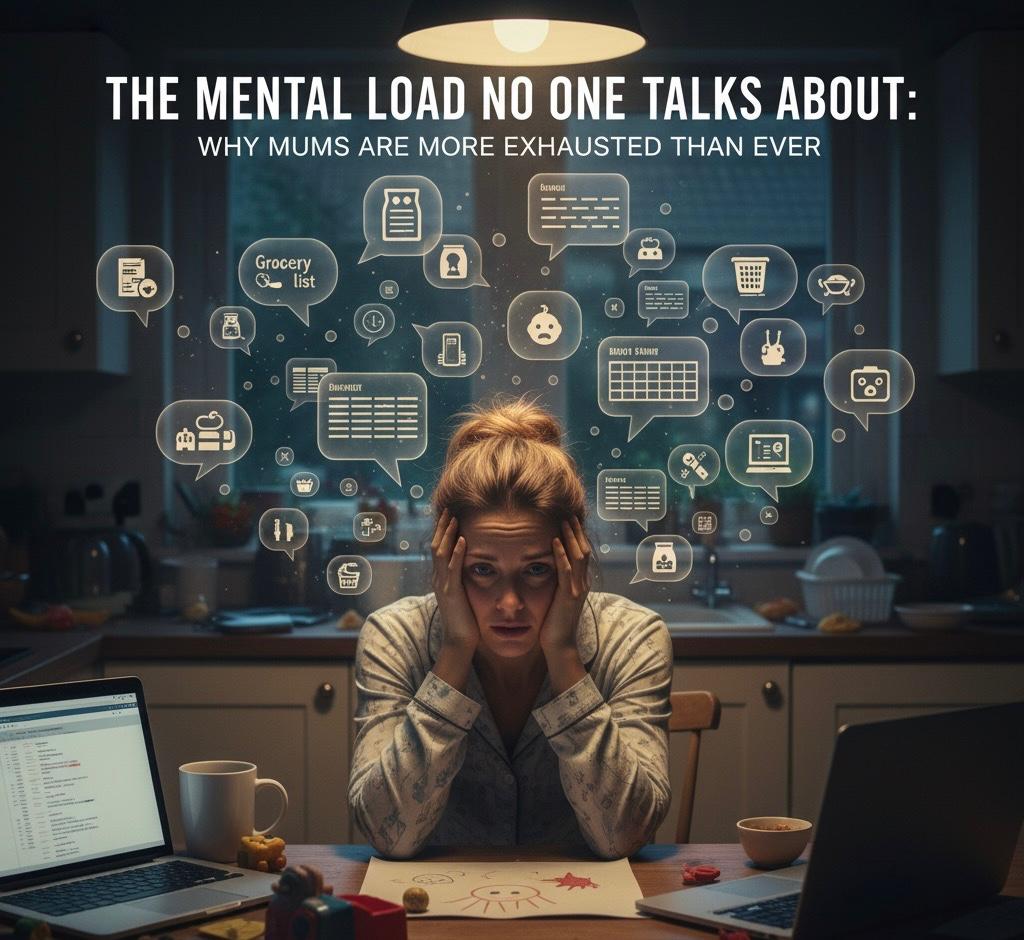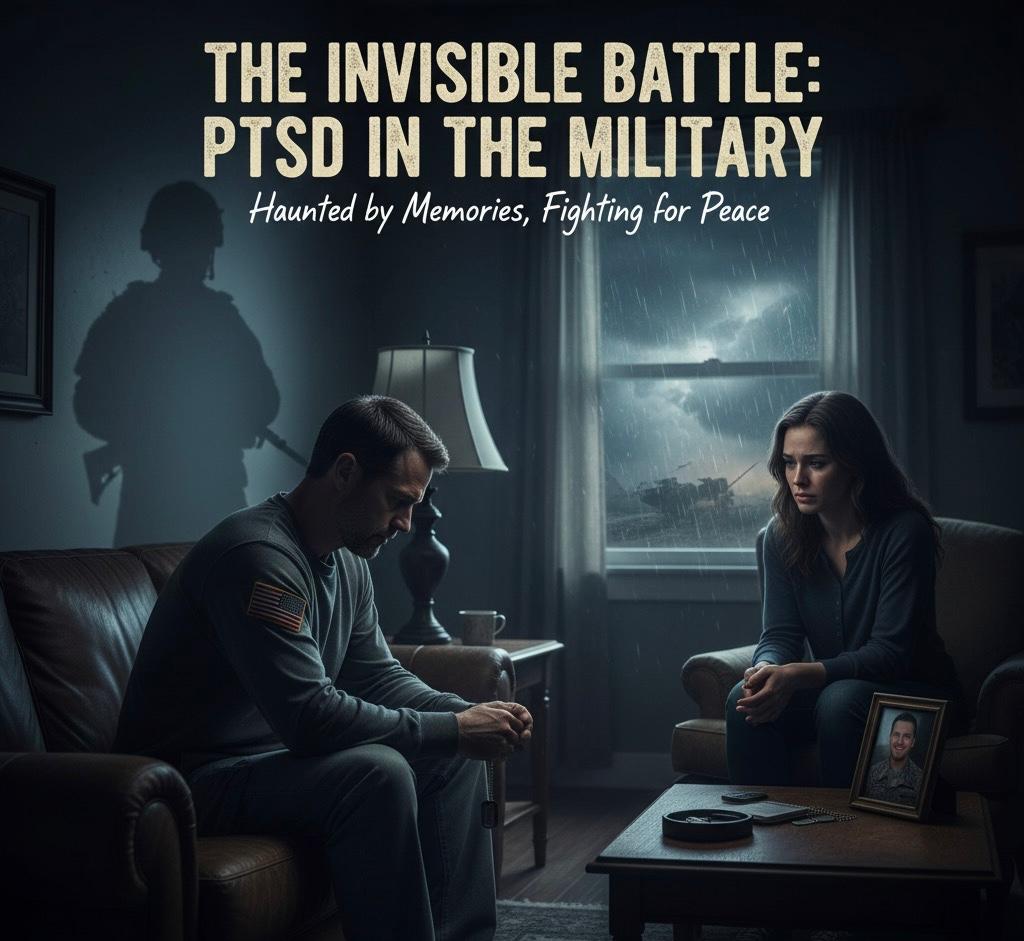In the realm of mental health, terms like “panic attack” and “anxiety attack” are often used interchangeably. However, these conditions, while related, have distinct features and implications for those who experience them. This article delves into the differences between panic attacks and anxiety attacks, supported by scientific research, to provide a clear understanding for individuals seeking clarity.
Keywords: panic attack vs anxiety attack, mental health, anxiety disorders, panic disorder, symptoms of panic attacks, symptoms of anxiety attacks
Defining Panic Attacks and Anxiety Attacks
Panic Attacks
Panic attacks are sudden episodes of intense fear or discomfort that reach a peak within minutes. These attacks are characterised by a variety of physical and psychological symptoms, which can be overwhelming. According to the Diagnostic and Statistical Manual of Mental Disorders, Fifth Edition (DSM-5), a panic attack includes at least four of the following symptoms (American Psychiatric Association, 2013):
- Palpitations or accelerated heart rate
- Sweating
- Trembling or shaking
- Shortness of breath or smothering sensations
- Feelings of choking
- Chest pain or discomfort
- Nausea or abdominal distress
- Dizziness, unsteadiness, light-headedness, or faintness
- Chills or heat sensations
- Numbness or tingling sensations
- Derealisation (feelings of unreality) or depersonalisation (being detached from oneself)
- Fear of losing control or “going crazy”
- Fear of dying
Panic attacks can occur unexpectedly or in response to a specific trigger. They are often associated with panic disorder but can also occur in other anxiety disorders, depression, and other mental health conditions.
Anxiety Attacks
Anxiety attacks, although not officially recognised as a distinct condition in the DSM-5, refer to periods of heightened anxiety that typically build gradually. These attacks are usually linked to a perceived threat or stressor and are characterised by excessive worry and fear. Symptoms of an anxiety attack may include:
- Restlessness or feeling on edge
- Fatigue
- Difficulty concentrating
- Irritability
- Muscle tension
- Sleep disturbances (difficulty falling or staying asleep)
Unlike panic attacks, which are intense and sudden, anxiety attacks are generally less acute but can persist for longer periods.
Key Differences Between Panic Attacks and Anxiety Attacks
Onset and Duration
Panic Attacks: Sudden and intense, reaching peak intensity within minutes. They often subside within 20 to 30 minutes but can last longer.
Anxiety Attacks: Gradual onset, often related to a stressor, and can persist for hours or even days.
Intensity of Symptoms
Panic Attacks: Symptoms are intense and can be physically overwhelming, often leading individuals to seek emergency medical care.
Anxiety Attacks: Symptoms are typically less intense but can be chronic and interfere with daily functioning over time.
Triggers
Panic Attacks: Can occur unexpectedly without a clear trigger, though they can also be situational.
Anxiety Attacks: Usually triggered by specific stressors or situations, such as work pressure, social situations, or financial worries.
Diagnosing Panic and Anxiety Attacks
Accurate diagnosis is crucial for effective treatment. Mental health professionals use specific criteria and assessments to distinguish between panic and anxiety attacks. The DSM-5 criteria for panic disorder require recurrent unexpected panic attacks and at least one month of persistent concern about additional attacks or significant maladaptive behaviour changes related to the attacks (American Psychiatric Association, 2013).
For anxiety disorders, such as generalised anxiety disorder (GAD), the criteria include excessive anxiety and worry occurring more days than not for at least six months, accompanied by symptoms such as restlessness, fatigue, and muscle tension (American Psychiatric Association, 2013).
Treatment Options
Both panic and anxiety attacks are treatable with a combination of therapies and medications. Common treatments include:
Cognitive Behavioural Therapy (CBT)
CBT is highly effective for both panic disorder and anxiety disorders. It helps individuals identify and challenge negative thought patterns and develop coping strategies.
Medications
Medications such as selective serotonin reuptake inhibitors (SSRIs) and benzodiazepines are commonly prescribed to manage symptoms. SSRIs are often used for long-term management, while benzodiazepines may be used for short-term relief.
Lifestyle Modifications
Incorporating relaxation techniques, regular physical activity, and a healthy diet can significantly reduce symptoms. Mindfulness and stress management practices can also be beneficial.
Conclusion
Understanding the differences between panic attacks and anxiety attacks is essential for accurate diagnosis and effective treatment. While both conditions involve intense fear and anxiety, they differ in onset, intensity, and duration. Recognising these distinctions can help individuals seek appropriate help and develop strategies to manage their symptoms. If you or someone you know is experiencing these symptoms, consulting a mental health professional is a crucial step towards recovery.
References
- American Psychiatric Association. (2013). Diagnostic and Statistical Manual of Mental Disorders (5th ed.). Arlington, VA: American Psychiatric Publishing.
- National Institute of Mental Health. (2021). Anxiety Disorders. Retrieved from https://www.nimh.nih.gov/health/topics/anxiety-disorders/index.shtml.
- Craske, M. G., & Barlow, D. H. (2007). Mastery of Your Anxiety and Panic: Workbook (4th ed.). Oxford University Press.
- Kessler, R. C., Petukhova, M., Sampson, N. A., Zaslavsky, A. M., & Wittchen, H. U. (2012). Twelve-month and lifetime prevalence and lifetime morbid risk of anxiety and mood disorders in the United States. International Journal of Methods in Psychiatric Research, 21(3), 169-184.
How to get in touch
If you or your NDIS participant need immediate mental healthcare assistance, feel free to get in contact with us on 1800 NEAR ME – admin@therapynearme.com.au.







